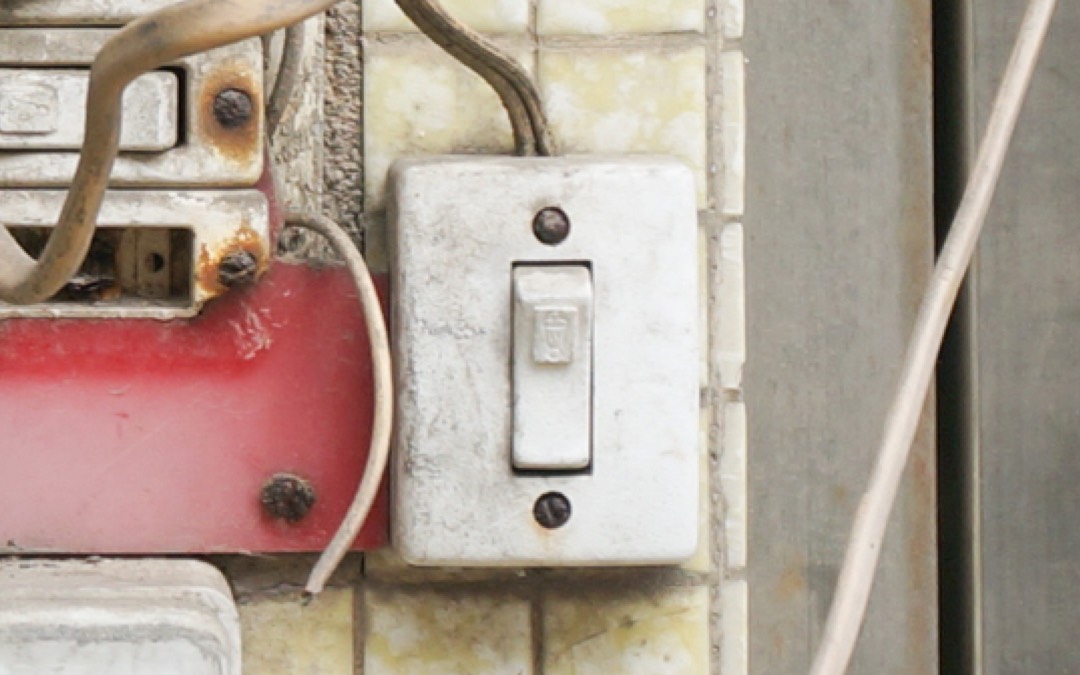By David Kline
In June of 2016, the United States Supreme Court issued a ruling in one of the most consequential cases affecting the patent system.
On the surface, Cuozzo Speed Technologies v. Lee was about whether the Patent Office (PTO) can use a different standard in hearing challenges to a patent’s validity after it has been issued by PTO examiners than the traditional standard used by the federal courts. The PTO’s system for challenging patents after they are granted, known as Inter Partes Reviews (IPRs), uses a much tougher standard of validity than the federal courts, which presumes that a patent duly issued only after a multi-year-long review by PTO examiners is indeed valid and enforceable.
Secondarily, the case was also about whether the taking of a legal property right (a patent) ought to happen via an administrative hearing only, without any sort of judicial review.
During oral arguments in the case, Chief Justice John Roberts seemed shocked by the difference between the PTAB’s and the courts’ patent validity standards. He called it a “bizarre way … to decide a legal question,” and a “very extraordinary animal in legal culture to have two different proceedings addressing the same question that lead to different results.”
He was referring to the fact that a patent upheld as valid and infringed by the federal courts can then be taken by the infringing defendant to the PTO’s Patent Trial and Appeal Board (PTAB) and after an Inter Partes Review hearing declared invalid. And 70% of those challenges have indeed been brought by defendants facing patent infringement suits in U.S. district courts.
But in truth, the larger issue in the Cuozzo case was this: Has the U.S. government made it too easy for companies to invalidate the patents of their competitors?
To many patent owners — especially those in startup businesses trying to protect their innovative new products from being copied by larger competitors — the answer is yes. And the direct evidence does in fact suggest that the deck is stacked against patent owners.
Consider, for example, that of the more than 5,000 patent challenges brought to PTAB since the September, 2012 inception of the IPR system, an astonishing 80% of patent claims reviewed have been ruled invalid and thus canceled.
Whatever else you call this “bizarre” system — in 2016, BusinessWeek called it a “patent death squad” — it’s at the very least a great way for infringers to escape the court’s justice. It has also proved to be a lucrative get-rich-quick scheme for financial speculators, who short the stock of a company owning a valuable patent, then file an IPR against that patent and watch the stock drop as investors react to it being put in the crosshairs of the “patent death squad.”
To many patent owners, the whole system defies logic. Even if you stipulate that there are bad patents out there that shouldn’t have been issued, is it really believable that 80% of all patents granted — and these are issued only after a careful, multi-year review by PTO examiners that weeds out half of all patent applications — are issued improperly and are invalid?
Nevertheless, in a unanimous 8-0 decision, the Supreme Court upheld the Patent Trial and Appeal Board’s right to apply a tougher standard than the courts in determining patent validity. It also declared that PTAB’s use of the IPR system was not judicially reviewable.
At least the court’s ruling gave patent owners more certainty by clarifying what to expect if their patents are brought before PTAB for review. But as to who gains the most from this decision — patent owners or those accused of infringement? — the answer may be more troubling for the health of the American patent system.

very insightful; Since 2016, American has witnessed the damages to innovations.
A broken patent system would direct invention-owners somewhere else. Question is where.